Deconstructed Cubist Portraits in Color (2006–2022 ongoing)
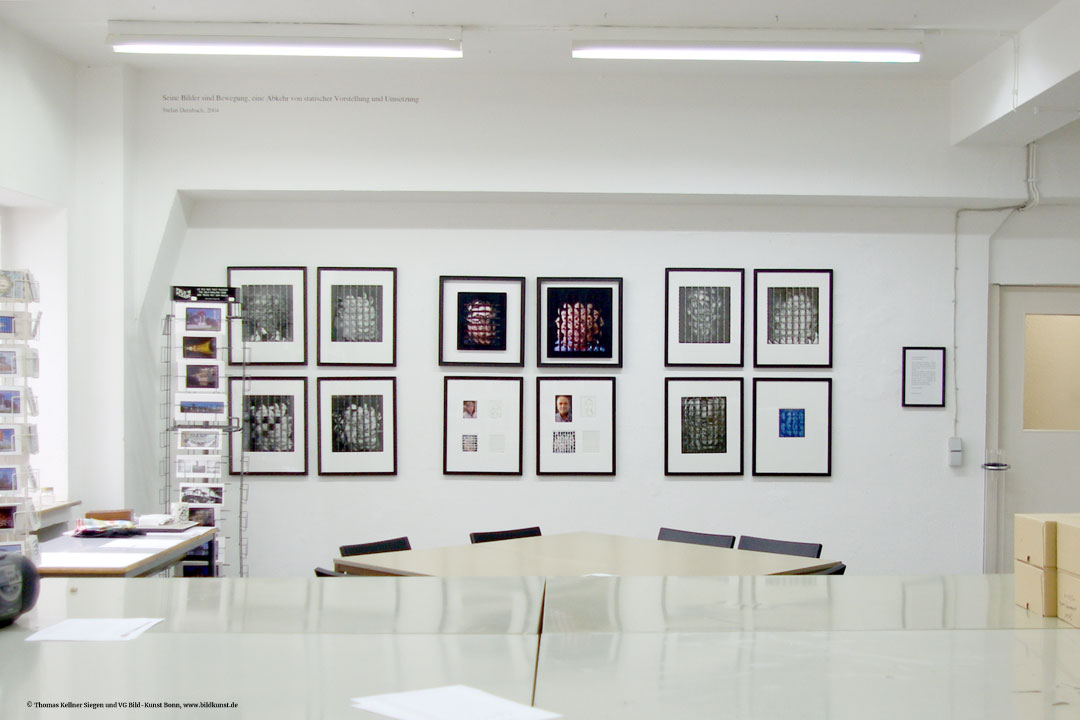
“My portraits are more about me than they are about the people I photograph.” Richard Avedon
Cubist Portraits
Over the course of his career, Thomas Kellner has taken many portraits of different people, from different backgrounds and with different personalities. He has produced both color and black-and-white portraits. All his portraits are different. Some are of a single person, others are of a couple, and still others are of people with their pets. Piece by piece, shot by shot, second by second the image is constructed out of different moments. The expressions, the mimics are different and show us many different moods of one identity at the same time. The portrait becomes a sequence and denies its own definitions, although the pluralism of moments sums up to a person that we recognize much better by its emotion. He also produced several self-portraits, both of his face. All these portraits reveal the artist's cubist inspiration and singular artistic style.
2006 starting portraits in Color
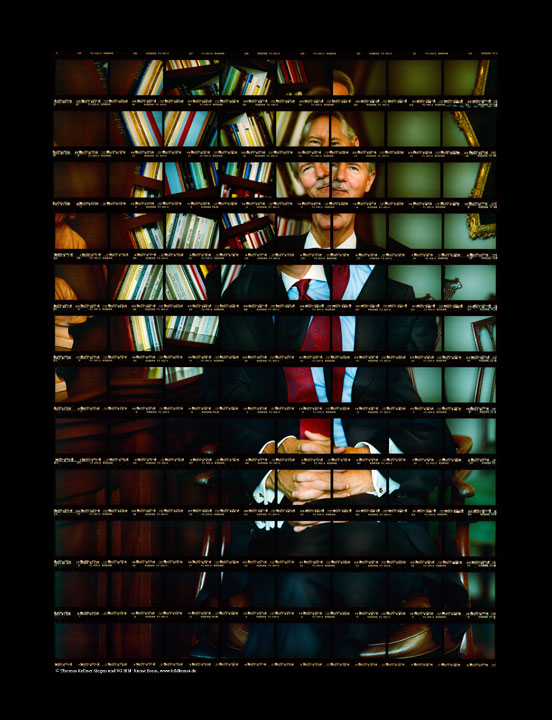
"A portrait is not made in the camera, but on both sides of it." Edward Steichen
What is a portrait?
A portrait is a term used in art and photography and refers to the representation of a person, typically their face or silhouette. A portrait can be created in a variety of forms and media, including painting, drawing, photography, sculpture, and digital art. In a portrait, the emphasis is on the representation of the person, often with the aim of capturing personality, character traits or expression.
Custom Commission for a Couple-Portrait
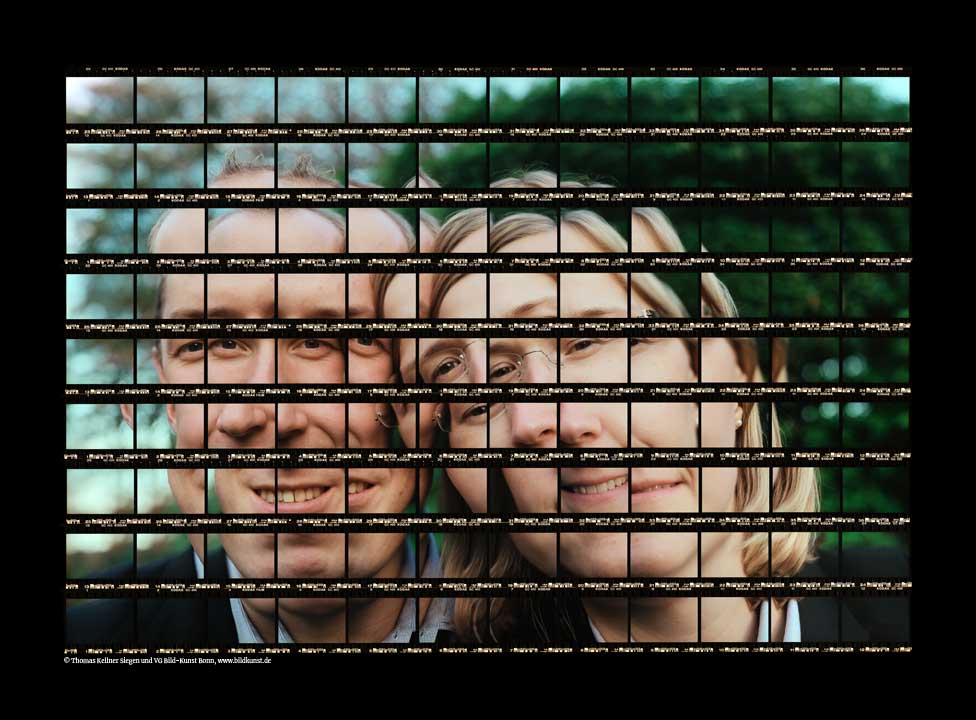
"Unless you are willing to see more than is visible, you will see nothing." Ruth Bernhard
The Enduring Significance of Commissioned Art
Commissioned art is a form of art that is commissioned by a specific client or customer. This can be an individual, an organization, or a government. The artist is commissioned to create a work of art that meets the needs and desires of the client and is compensated for doing so.
Commissions for artwork have a long history dating back to ancient times. In ancient times, artists were often commissioned by kings, nobles, and religious institutions to create works of art that demonstrated their status and power. During the Renaissance and Baroque periods, artists were also often commissioned by wealthy individuals to paint portraits, landscapes, and religious scenes.
In the 19th century, artists increasingly began to sell their works themselves, and the importance of commissioned art declined. However, commissioning a work of art is still an important form of art today. Artists are commissioned by governments, corporations, and individuals to create works of art that serve a variety of purposes, including:
- The decoration of public buildings and spaces.
- The depiction of important events or people
- The promotion of specific ideas or values
- The addressing of social and political problems
Art can play an important role in society. It can help influence public opinion, bring about social and political change, and enrich culture.
The Most Desired Man. Commision by Frankfurter Allgemeine Magazin
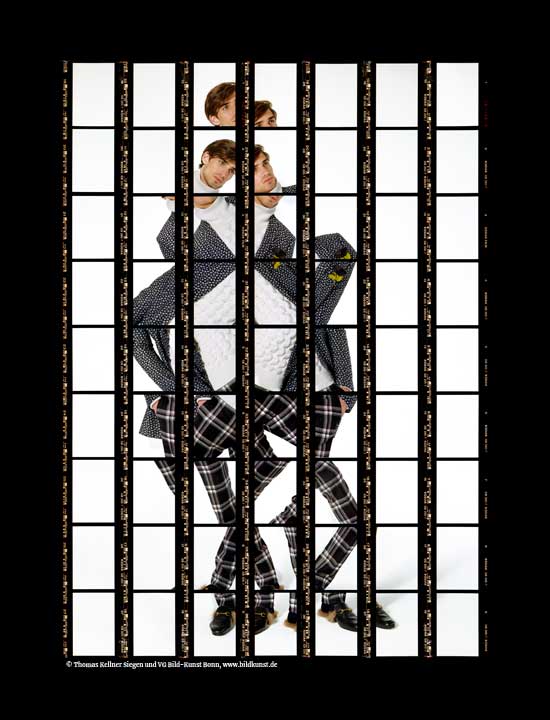
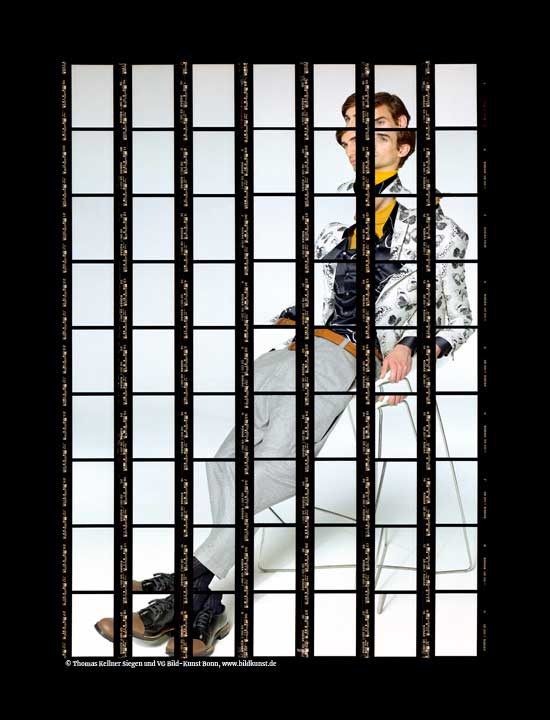
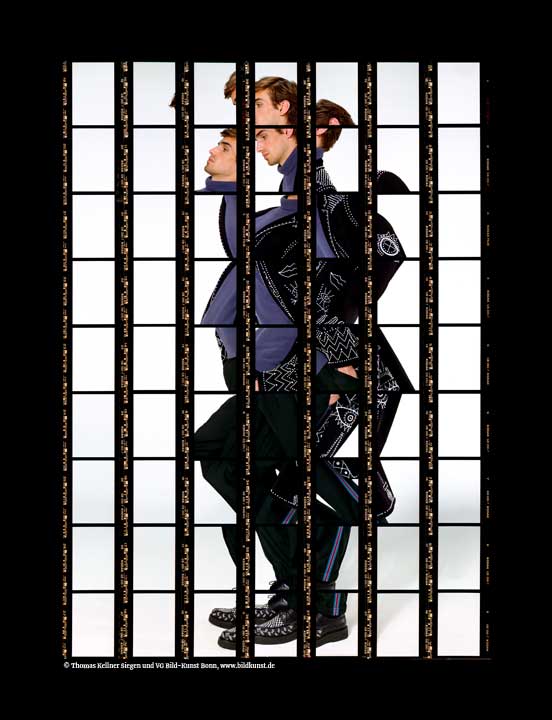
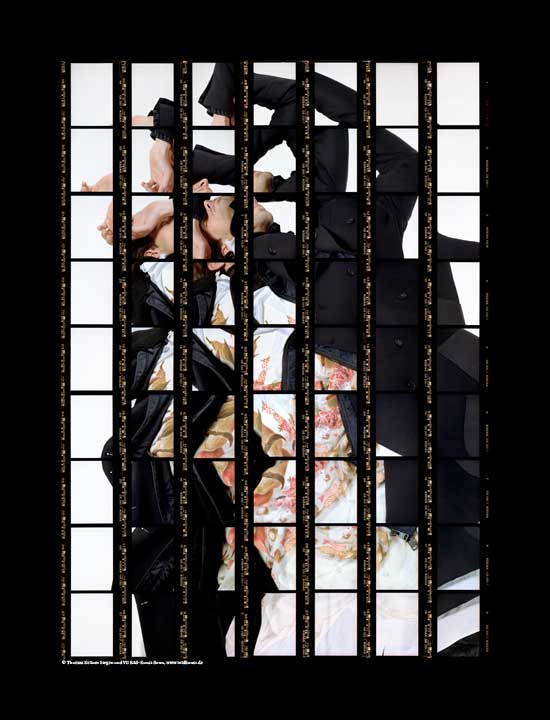
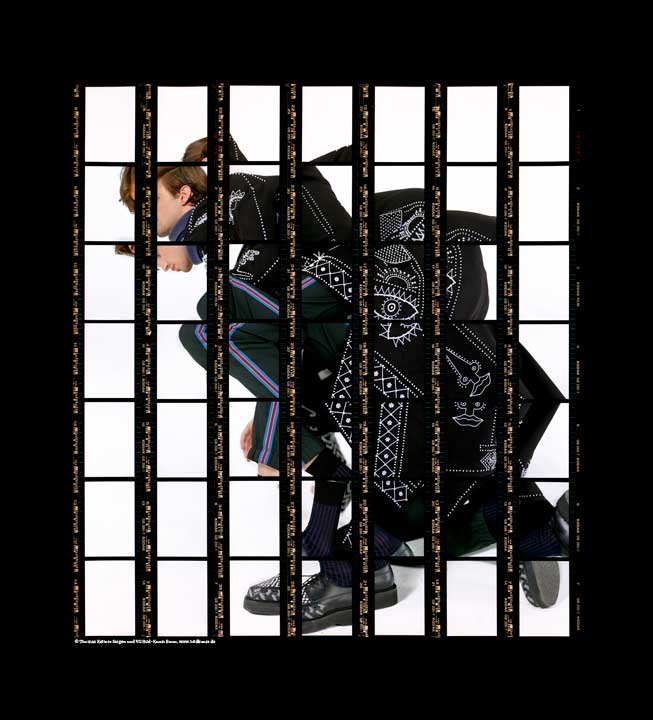
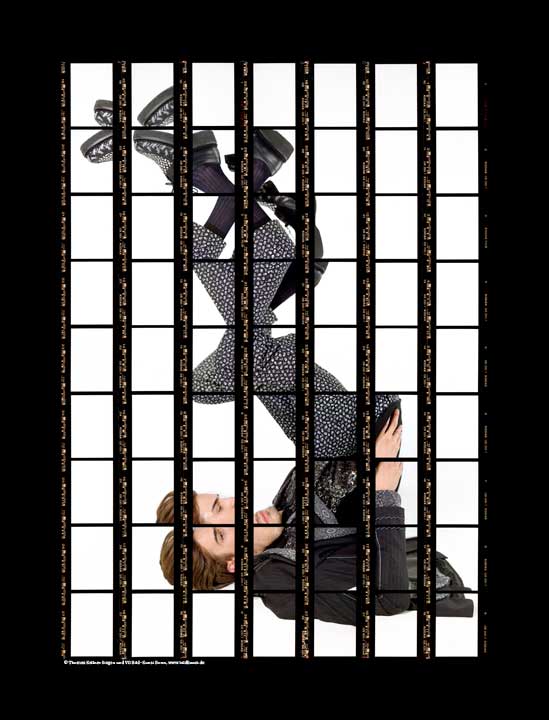
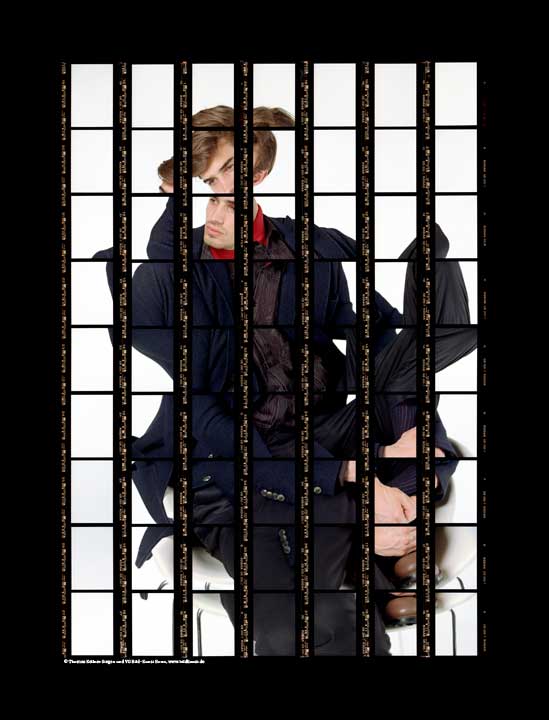
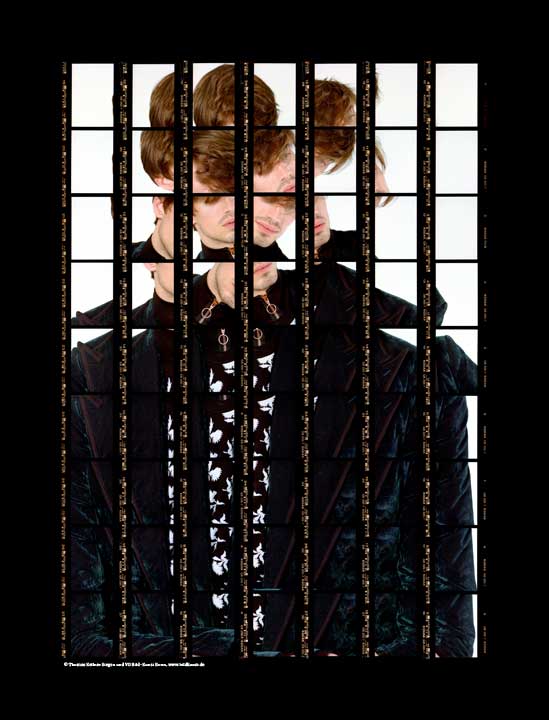
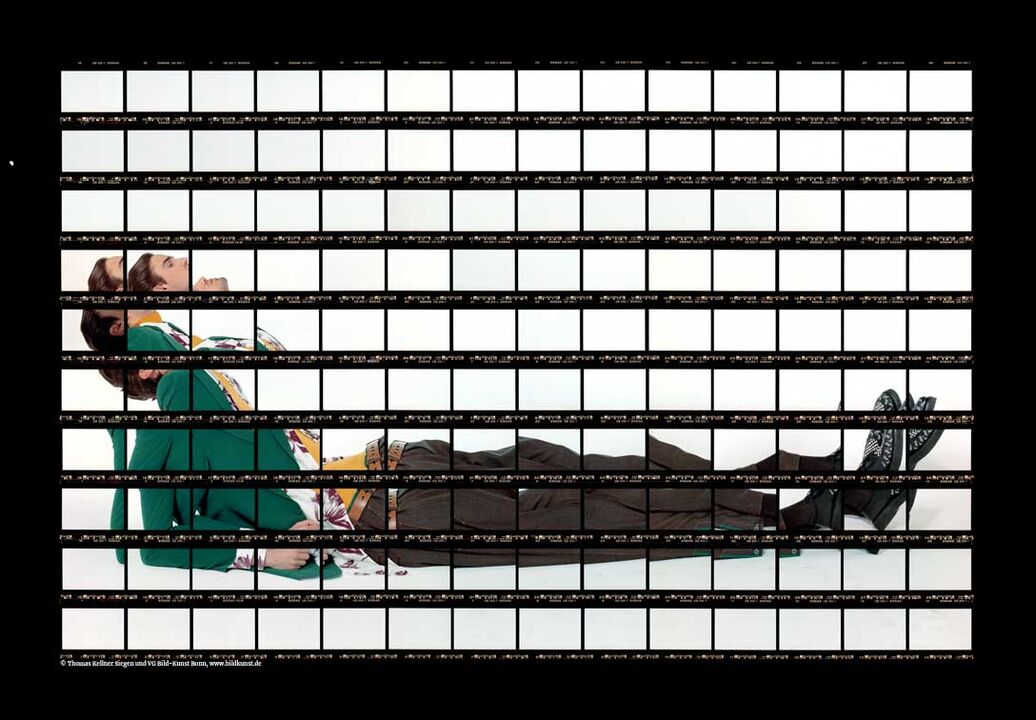
"A photographer who has taken a picture from a wonderful moment, a chance pose of someone or a beautiful landscape, is the discoverer of a treasure." Robert Doisnaeu
Cubist meets Fashion Portrait
A dream! The phone rings and the voice says: This is Frankfurter Allgemeine Magazin. Can you do what you're doing with architecture with people also?
After Thomas Kellner had made black-and-white portraits with his older equipment in the 2000s and had made a few attempts in between to continue the portraits in color, now came a whole project: a fashion shoot in the studio with the haute couture of fashion and a model. On three days in a row, these analog compositions were created in hours of preparation of each individual pose and composition and the subsequent execution with camera on film.
This project allowed Thomas Kellner to rethink his portraits, buy technology and return to the theme of man.
Cubistic Portraits of Colleages and Curators
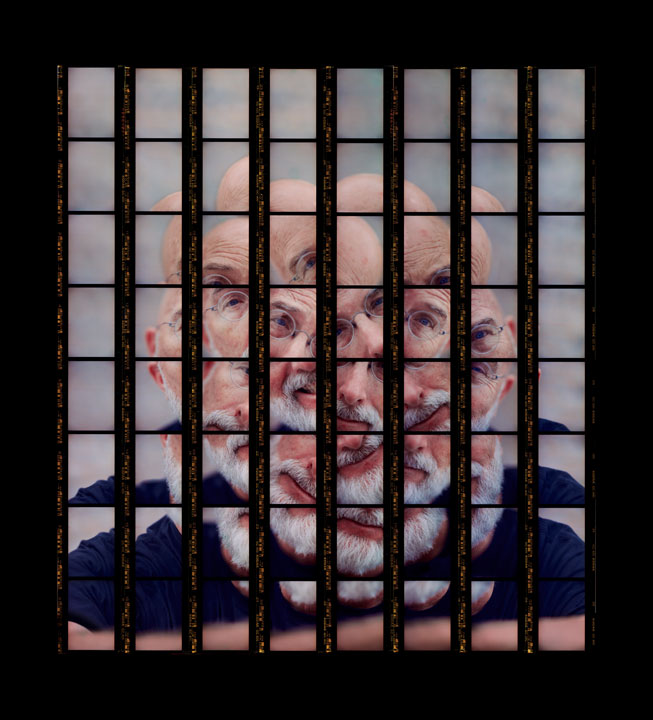
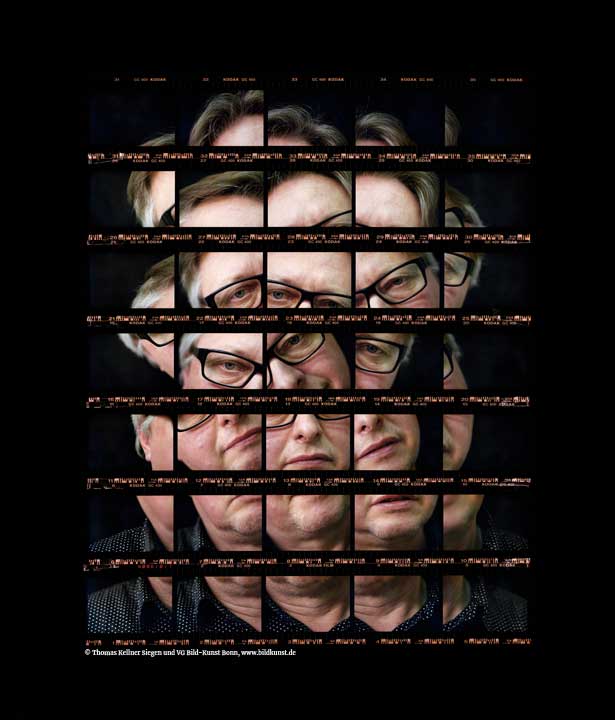
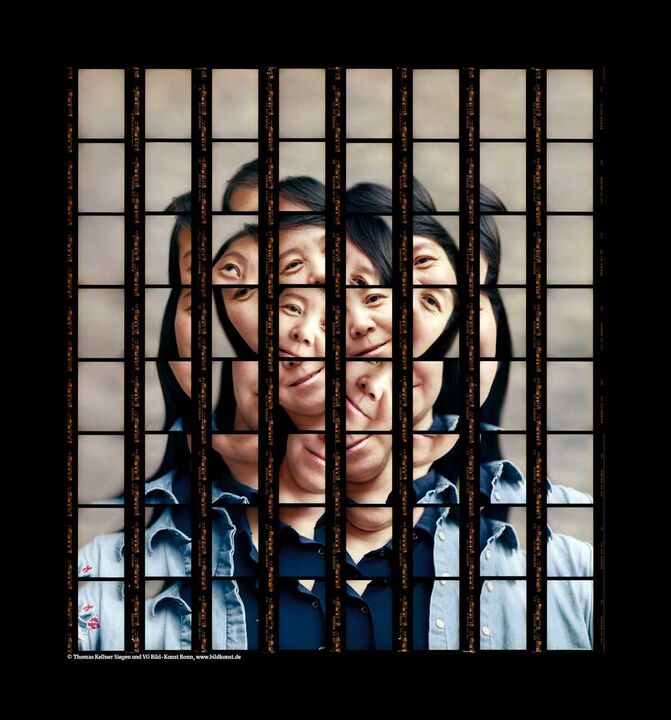
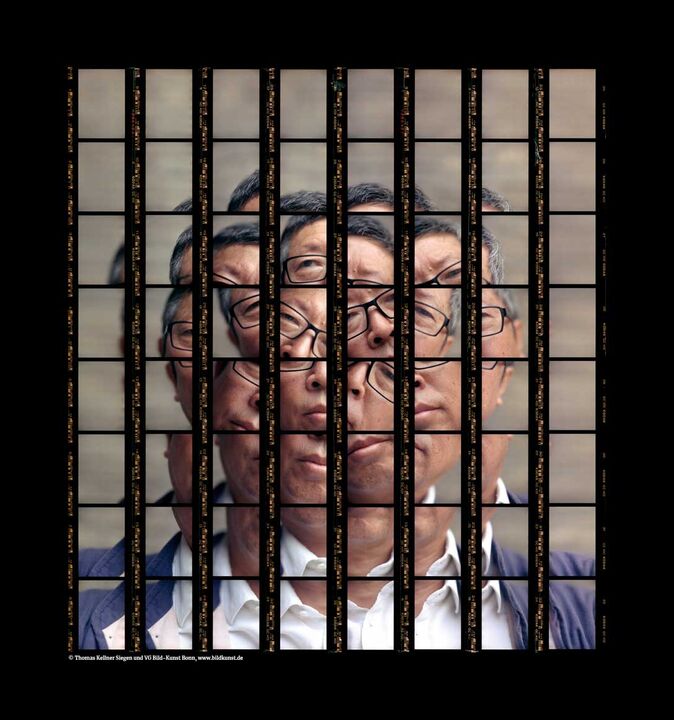
"It is an illusion that photographs are made with the camera... they are made with the eye, the heart and the head." Henri Cartier-Bresson
Famous cubist portraits
Marcel Duchamp - Nude descending the stairs
Nude descending a staircase n°2 is a 1912 painting by French-American artist Marcel Duchamp. The painting is considered a key work of classical modernism, and is one of the best-known works of art of the 20th century. The painting depicts the movement of a human figure descending a staircase, in an abstract, fragmented manner. The work caused controversy when it was first shown to the public at the 1913 Armory Show in New York, as many considered it too abstract and unconventional.
Pablo Picasso – Les Demoiselles d’Avignon
Les Demoiselles d'Avignon is a famous painting completed in 1907 by the Spanish artist Pablo Picasso. It is considered a key work in the Cubist style. The painting depicts five women standing in front of a curtain or wall, some of them looking directly at the viewer. The word Avignon in the painting's title refers to the Carrer d'Avinyó in Barcelona, where a brothel was located and where Picasso lived in his early years.
George Braques - Mann mit Gitarre
Georges Braque war ein französischer Maler, Grafiker und Bildhauer aus dem 19. und 20. Jahrhunderts. Er ist insbesondere für seinen Beitrag zum Kubismus bekannt, schuf aber auch einige Portaits. Eines seiner bekanntesten Porträts ist der Mann mit Gitarre, das 1911 entstand. Es zeigt den Musiker mit geometrischen Formen und fragmentierten Darstellungen, die für den Kubismus charakteristisch sind.
Georges Braque was a French painter, graphic artist and sculptor of the 19th and 20th centuries. He is best known for his contribution to Cubism, but also produced several portraits. One of his best-known portraits is Man with guitar, painted in 1911. It shows the musician with the geometric shapes and fragmented representations characteristic of Cubism.
Cubist Self-Portrait
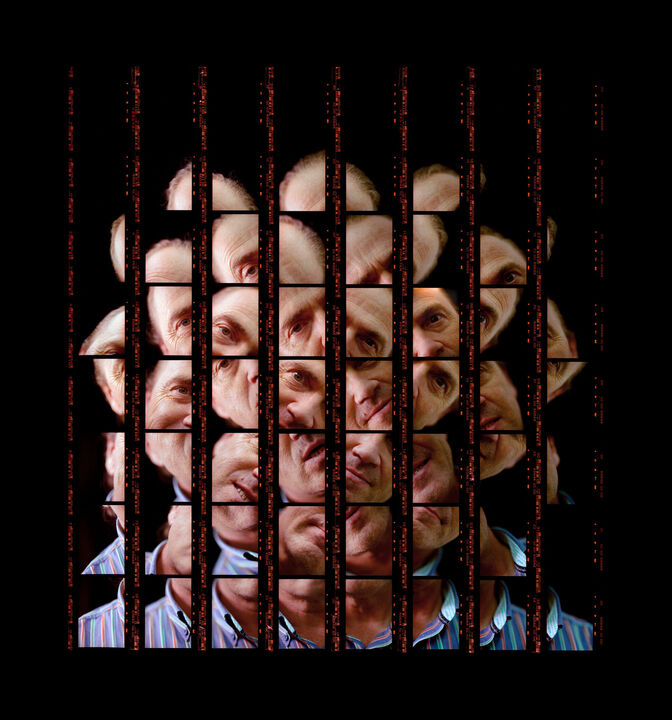
"There are always two people involved in a picture: the photographer and the viewer. A photograph is usually just looked at, rarely looked into." Anselm Adams
One self in a portrait
Self-portraits are a form of art in which the artist reproduces, depicts, and interprets his or her own appearance in terms of technique and possibilities. Self-portraits can be created in a variety of media, including painting, drawing, photography, sculpture, and video. Self-portraits have a long history dating back to ancient times. The first self-portraits were created in the form of drawings and sculptures. In the Middle Ages, self-portraits were often used in books and manuscripts. During the Renaissance and Baroque periods, self-portraits became a popular form of art, and many famous artists, such as Leonardo da Vinci, Rembrandt, and Vincent van Gogh, created self-portraits. Self-portraits can serve several purposes. They can be used to capture one's appearance, to explore one's personality, or to make a statement. Self portraits can also be used to express one's creativity or to convey a specific message. Self portraits are an important form of art because they allow artists to explore themselves and their own experiences. Self-portraits can help us better understand artists, and they can also help us better understand ourselves.
Here are some examples of famous self-portraits:
- Leonardo da Vinci's Self Portrait (1512)
- Rembrandt van Rijn's Self Portrait with Beard (1630)
- Vincent van Gogh's Self Portrait with Bandaged Ear (1889)
- Frida Kahlo's Self Portrait with Monkeys (1943)
- Andreas Feininger: The Photojournalist (1951)
- Andy Warhol's Self Portrait (1986)
These self-portraits are just a few examples of the many different types of self-portraits that exist.
Adventure Journey
Thomas Kellner continues to work consistently on his theme of the portrait and the human image, showing us that the contact arc of the portrait can be an adventure journey of an encounter.
Publications
Exhibition Catalogs
Bundesverband Bildender Künstlerinnen und Künstler Ruhrgebiet, ed. 2018. Bewegung. Dortmund.
Anthologies
Huber, Uschi, ed. 2016. Brauhausfotografie 25. 120th ed. Kunst 3. Siegen.
Volland, Ernst, and Heinz Krimmer, eds. (2001) 2001. Komische Fotos. Berlin: Medialis.
Wendorf, Richard, ed. 2008. The Literature of Collecting & Other Essays. 1. ed. New Castle, Del. Oak Knoll Press.
———, ed. 2016. Growing up Bookish: An Anglo-American Memoir. First edition. New Castle, Delaware: Oak Knoll Press.
Magazines
Gafke, Matthias. 2016. “Der Bewegte Mann.” Frankfurter Allgemeine Magazin (Oktober): 56–66.
Kaiser, Alfons. 2023. “Zehn Bilder Aus Zehn Jahren.” Frankfurter Allgemeine Magazin (Februar 2023. Mode Spezial): 80.
Kellner, Thomas. (2016) 2016. “Thomas Kellner, Fotokünstler.” ProfiFoto 47 (12): 27.
———. 2018. “#MeToo Im Fotostudio: Belästigungsskandale in Der Fotobranche.” ProfiFoto 49 (5): 26.
Müller-Pohle, Andreas. 2018. “Fotophänomenologie: Standpunkte: Thomas Kellner the Most Desired Man.” Fotophänomenologie: Standpunkte. European Photography (103): 20–23.
TV
Kaiser, Alfons. (2016) 2016. “Der Bewegte Mann.” FAZ Magazin. July 1, 2016.
Online
Foster, Alasdair. 2021. “Thomas Kellner: A Dance to the Music of Time.” Accessed July 04, 2023. web.archive.org/web/20230704125700/https://talking-pictures.net.au/2021/07/10/thomas-kellner-a-dance-to-the-music-of-time/.








